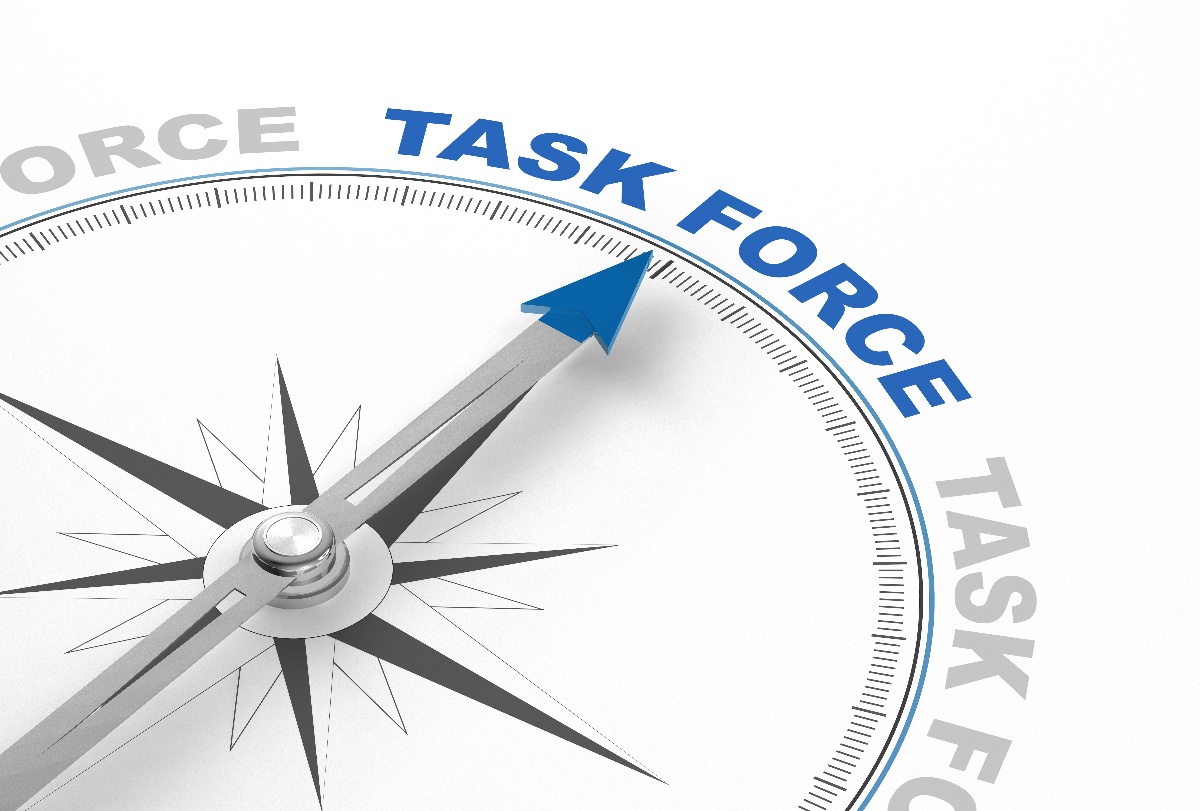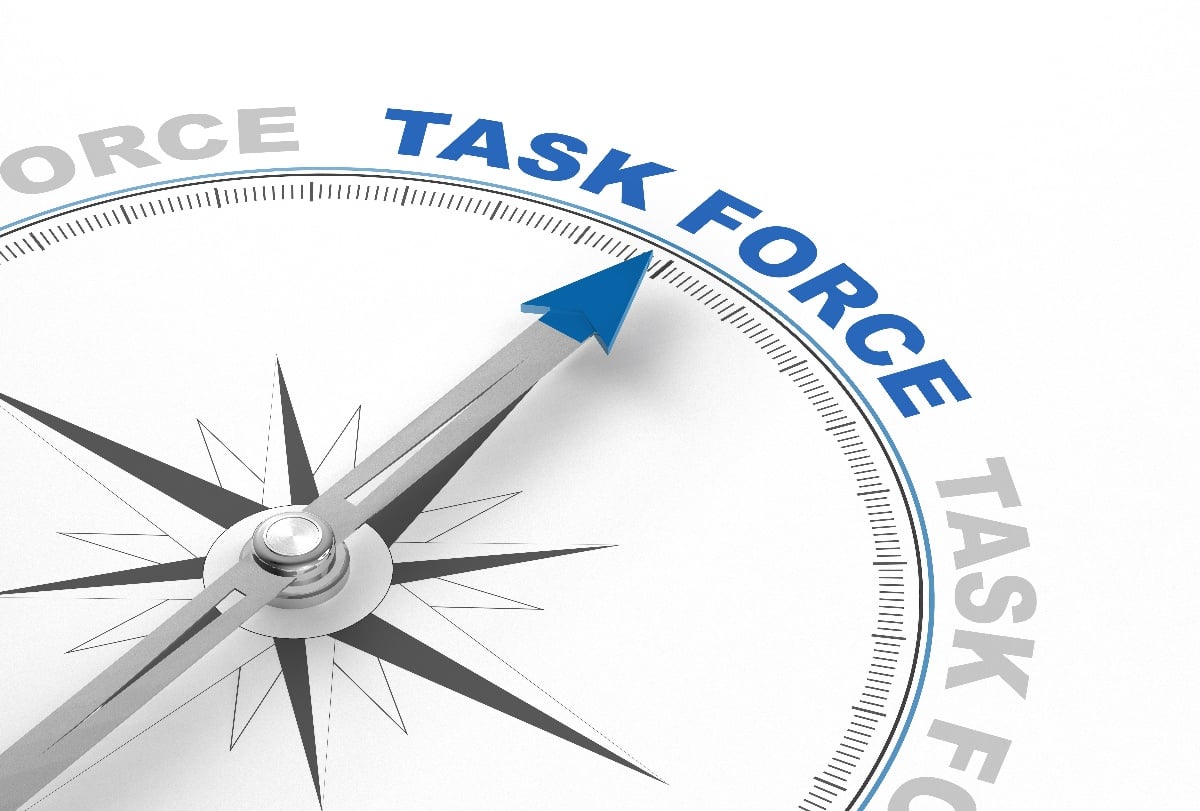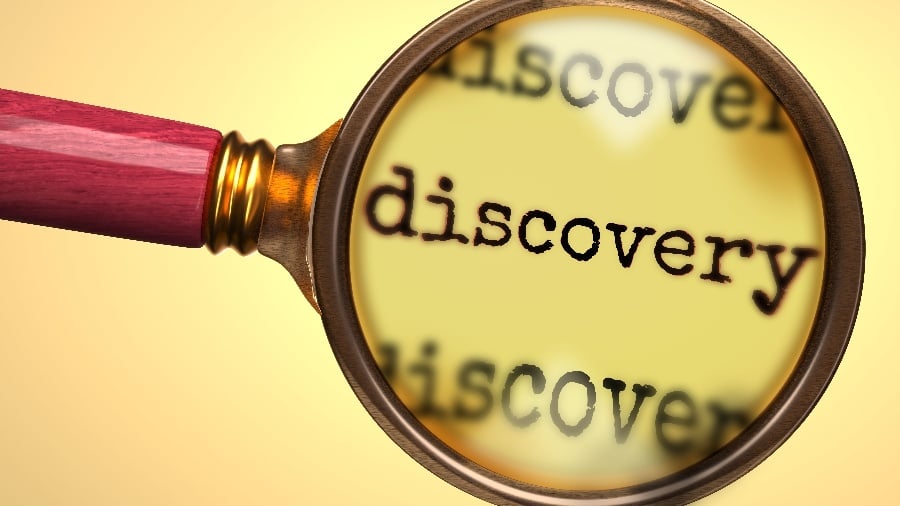
A task force group is a temporary team assembled to address a specific challenge or problem within an organization. Unlike a standing committee or a department, a task force has a limited timeframe and is dissolved once its objectives have been achieved. Typically, it brings together experts and stakeholders from various departments to collaborate on solving intricate issues that require specialized skills and diverse perspectives.
In the manufacturing sector, efficiency, quality, and innovation are crucial for competitive advantage. Problems such as production bottlenecks, quality control issues, or the implementation of new technologies can be complex and multifaceted. This is where task force groups come into play.
They can swiftly zero in on these challenges, develop actionable plans, and execute solutions in a timely manner. By doing so, task force groups help manufacturing organizations adapt to market changes, comply with regulatory standards, or improve internal processes, thereby saving time and resources in the long run.
This article will provide you with a comprehensive guide on how to effectively form, manage, and execute task force groups in the manufacturing sector. Whether you are a senior executive, a manager, or an employee who is part of a task force, this article aims to equip you with the tools and insights needed for success.
How to Form a Task Force Group
Before forming a task force, it is crucial to identify and understand the specific problem or challenge that needs to be tackled. Is it a quality control issue? Is it a matter of inefficiency in a certain production line? Or perhaps it is the need for a new product development strategy? Whatever the issue, you must define it clearly so that the task force can have a focused mission. Employ tools such as SWOT analysis, root cause analysis, or even internal surveys to gain an in-depth understanding of the problem at hand.
Once the problem is identified, the next step is to secure buy-in from key stakeholders in the organization. This may include top management, department heads, or even external stakeholders like investors. Prepare a compelling case that outlines the benefits of resolving the issue, the risks of not addressing it, and how a task force is the most efficient way to tackle it. Without organizational buy-in, the task force will lack the authority and resources it needs to be effective.
Scope and Objectives
After securing organizational buy-in, you should move on to defining the scope and objectives of the task force. The scope outlines the boundaries of the task force’s responsibilities, while the objectives are specific, measurable goals that the group aims to achieve. For example, if the task force is being formed to improve quality control, an objective might be to reduce product defects by 20% within six months.
A task force is typically temporary, so it’s vital to establish a clear timeline for its activities. Set key milestones or benchmarks to track progress and make sure that the team is on course to meet its objectives. A Gantt chart or a similar project management tool can be invaluable for this purpose.
How to Get the Right Members
Forming an effective task force group involves much more than just gathering a bunch of skilled individuals; it requires assembling a team that complements each other in terms of skill sets, perspectives, and commitment levels.
Defining the Expertise Needed for the Task Force
The first step in getting the right members on board is to define the specific skill sets that will be needed to accomplish the task force's objectives. For example, if your task force is focused on improving the manufacturing process efficiency, you might need members with backgrounds in mechanical engineering, process optimization, and data analysis. List out these skills in a clear and organized manner, prioritizing them based on the objectives and scope you’ve set.
Gauging Interest and Commitment Levels of Potential Members
It's not enough to have the right skill sets; you also need members who are genuinely interested and committed to the task force's goals. Assess interest levels through initial consultations or interviews. Ensure that potential members have enough time to commit to the task force and that they are motivated to see it through to completion. The success of your mission may depend on the engagement and commitment level of its members.
Importance of Including a Diverse Set of Opinions and Perspectives
Diversity in a task force doesn’t only pertain to race or gender but also includes diversity of thought, experience, and skills. Having a diverse task force can help in problem-solving and decision-making by offering different perspectives. For example, someone from the quality control department may have valuable input on how a change in a manufacturing process could affect the end product's quality. Ensure that the team you form includes people who can look at the problem from different angles.
After identifying potential members based on skill set, commitment, and diversity, the next step is to finalize the selection. Develop a set of procedures and guidelines for this process. This can include a scoring system based on pre-set criteria, or a selection panel that includes key stakeholders. Ensure that the procedure is transparent and fair to ensure buy-in from both selected members and the wider organization.
How to Convey and Control Group Direction
Leading a task force successfully involves more than just assembling the right team; it also entails steering that team effectively toward its objectives. This is often easier said than done, especially when members come from diverse backgrounds and have different expertise. Here's how to convey and control the group direction effectively.
Once the team is assembled, the first crucial step is an initial briefing. In this meeting, communicate the task force's objectives, scope, timelines, and responsibilities in an unambiguous manner. This sets the tone and provides a roadmap that everyone can refer back to during the course of the project. Well-defined goals help in reducing misunderstandings and keep everyone on the same page.
No matter how well you plan, it's likely that your task force will face unexpected challenges. By having established feedback mechanisms, you'll be better positioned to make course corrections as needed. This could involve reallocating resources, adjusting timelines, or even redefining the scope of the task force’s mission. Quick and adaptive decision-making is vital for keeping the team on track toward achieving its objectives.
How to Head the Group Without Doing All the Work
Managing a task force effectively doesn't mean doing all the work yourself; rather, it involves directing the energy and expertise of your team in a coordinated manner. This balance can be difficult to strike, but it's crucial for both the success of the project and the well-being of the team.
Delegating tasks appropriately is a cornerstone of effective leadership. This goes beyond merely distributing workload; it involves aligning tasks with team members’ individual skills and interests. For example, if one member has experience in data analytics, assigning them to handle data collection and interpretation would be beneficial for both the project and the individual.
Delegation also requires a level of trust. Once tasks are assigned, resist the temptation to micromanage. Allow team members the space to complete their tasks while being available for guidance and support. Regular update meetings or check-ins can be effective ways to monitor progress without stifling independence.
For a task force to function effectively, each member must know exactly what they are responsible for. This helps prevent the common pitfall of assuming "someone else will handle it." Clearly defined roles and responsibilities, confirmed in writing and shared with all members, provide a basis for accountability.
How to Present the Findings and Corrective Recommendations
The culmination of the task force’s work is often the presentation of its findings and recommendations. This is a critical moment that determines whether or not the hard work will translate into actionable changes.
Data Collection and Analysis
Data is the backbone of any persuasive argument for change. Depending on the scope and objectives, your task force may need to use various methods for collecting data. These could range from simple surveys and interviews to more complex methods like statistical analysis or simulations. Tools like Microsoft Excel for simpler tasks or specialized software for more complex data analyses can be valuable. It's crucial to choose methods that are both rigorous and relevant to the problem you're trying to solve.
Effective Ways to Present Findings and Recommendations
The way you deliver your findings can be as important as the findings themselves. Focus on clarity, conciseness, and impact. Highlight key data points that support your recommendations and prepare to defend them. Use visual aids like charts or graphs to make complex data easier to understand.
Be prepared for questions and objections from stakeholders. These could range from queries about your methods to challenges to your recommendations. Anticipate these in advance and be ready with well-reasoned responses. This preparation shows that you've thoroughly considered various angles and adds weight to your recommendations.
Steps for Implementing Recommendations
Your presentation should include a clear roadmap for implementing your recommendations. Who will be responsible for what? What are the timelines? What resources will be required? These details make it easier for stakeholders to greenlight your recommendations.
Once the changes are implemented, it's important to track their impact. Define key performance indicators (KPIs) that will allow you to measure success objectively. This not only provides accountability but also creates an opportunity for further improvement.
The task force is more than the sum of its parts. Its success lies in its organization, direction, and the collaborative synergy of its members. By following the guidelines outlined in this article, leaders can maximize the potential of their task forces, ensuring not just the resolution of immediate issues but also contributing to a culture of continuous improvement and excellence in their manufacturing organizations.















